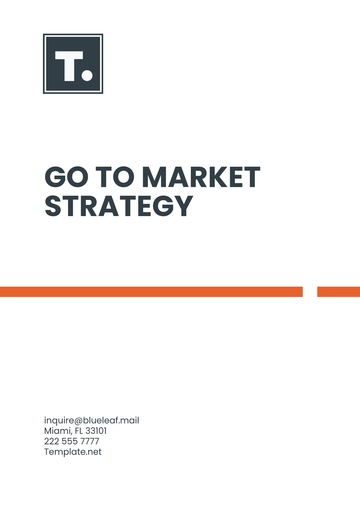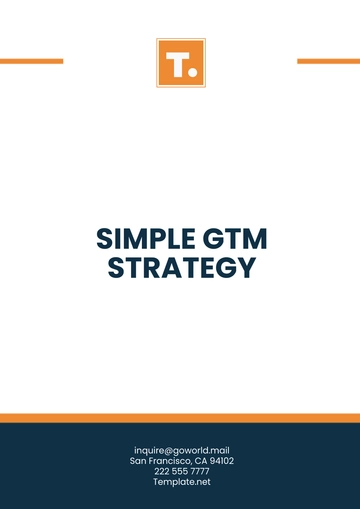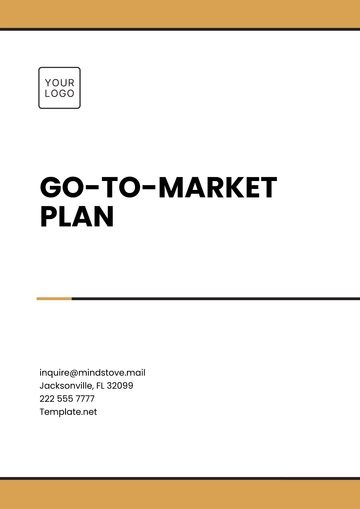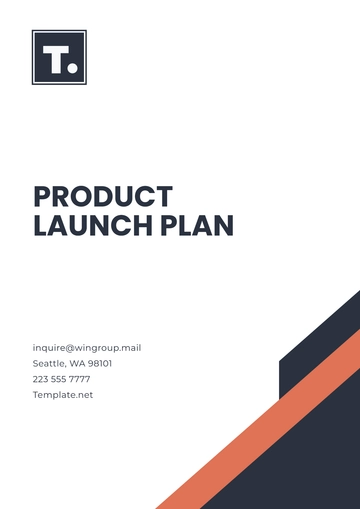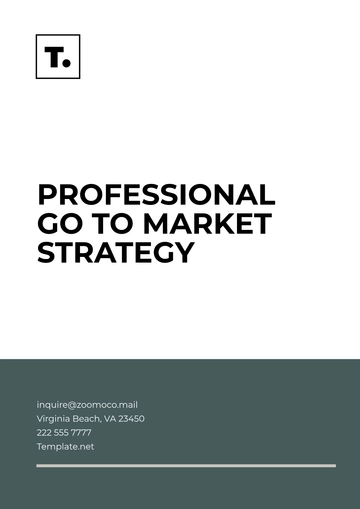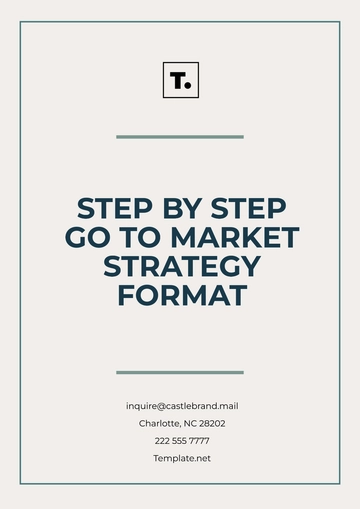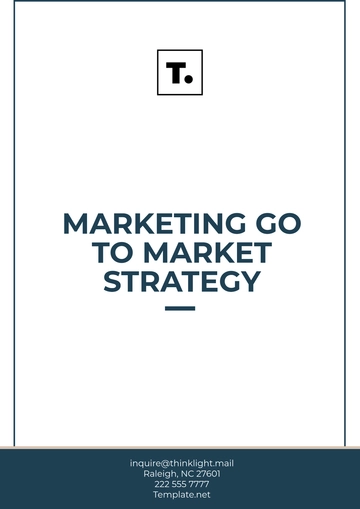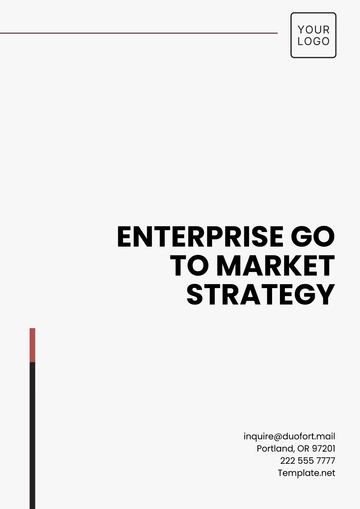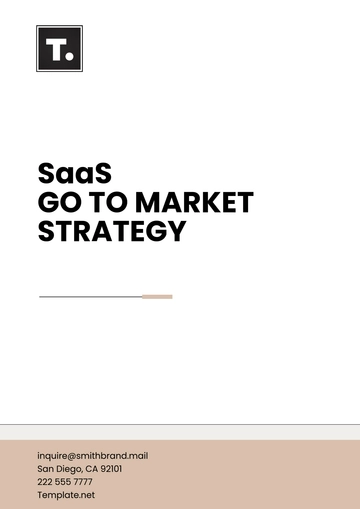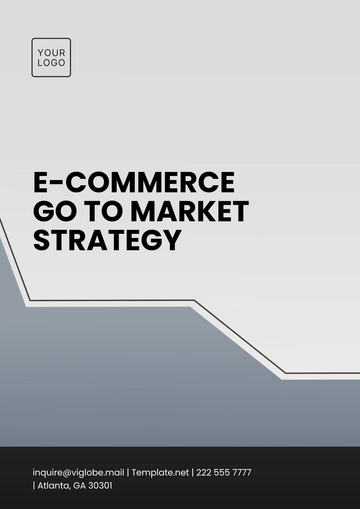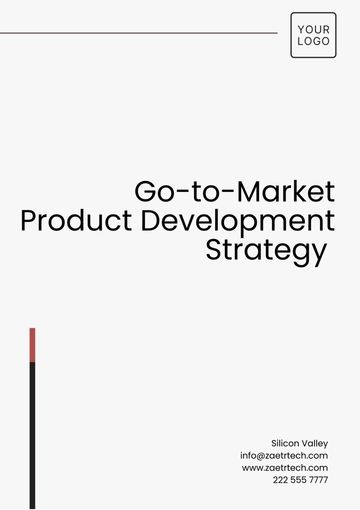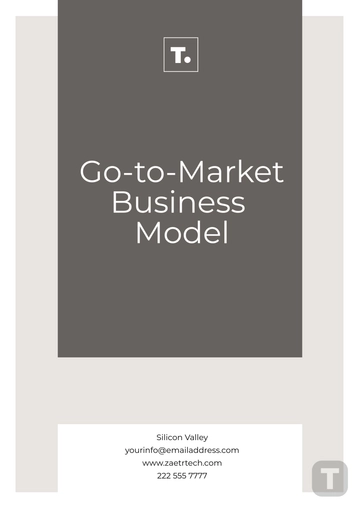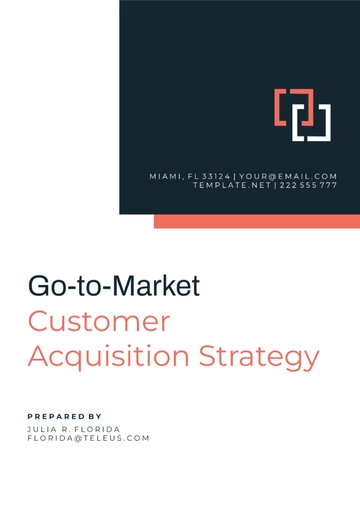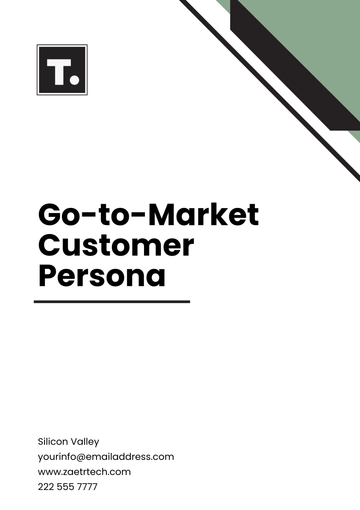Free Printable Sales Go to Market Strategy

I. Executive Summary
In 2050, [Your Company Name] aims to introduce its product line to key market segments by emphasizing quality, scalability, and security. This strategy ensures growth by aligning internal teams, external partners, and customers towards a unified goal of market leadership.
II. Market Overview
Identifying and understanding target segments is crucial. Focus areas include addressing customer needs and outpacing competitors in delivering tailored solutions.
Target Segments
Segment | Key Needs |
|---|---|
Tech Startups | Innovation & cost-effective solutions |
Healthcare | High security & compliance |
Retail | Scalability & customer experience |
III. Product Strategy
[Your Company Name] will focus on product customization, security, and integration to outperform competitors and meet customer expectations.
Product Differentiation
Feature | Competitor's Approach | [Your Company Name] Advantage |
|---|---|---|
Customization | Limited | Fully customizable |
Integration | Basic | Seamless across platforms |
Support | Standard | 24/7 dedicated support |
IV. Sales Strategy
Our sales approach blends direct outreach and channel partnerships to increase market penetration and customer conversions.
Sales Channels
Direct Sales: Targeted enterprise outreach
Channel Partnerships: Expanding reach through resellers
V. Marketing Strategy
Marketing will focus on visibility and lead generation through digital platforms and content marketing, complemented by strategic email campaigns.
Marketing Tactics
Tactic | Expected Outcome | Budget Allocation |
|---|---|---|
SEO | Increase visibility | 30% |
Content | Thought leadership | 20% |
Email Campaigns | Nurture leads | 15% |
VI. Financial Projections
[Your Company Name] projects steady revenue growth with significant increases in market share over the next few years.
Key Metrics
Year | Revenue Target | Growth Rate |
|---|---|---|
2050 | $50M | 25% |
2051 | $65M | 30% |
VII. Conclusion
By focusing on product differentiation, sales effectiveness, and targeted marketing, [Your Company Name] is poised to achieve significant market success in 2050.
- 100% Customizable, free editor
- Access 1 Million+ Templates, photo’s & graphics
- Download or share as a template
- Click and replace photos, graphics, text, backgrounds
- Resize, crop, AI write & more
- Access advanced editor
Drive sales growth with the Go-to-Market Sales Strategy Template from Template.net. This editable and customizable template helps you define your sales approach, target markets, and key performance indicators. Tailor it using our Ai Editor Tool to align your sales efforts with your overall market strategy for optimal results.
